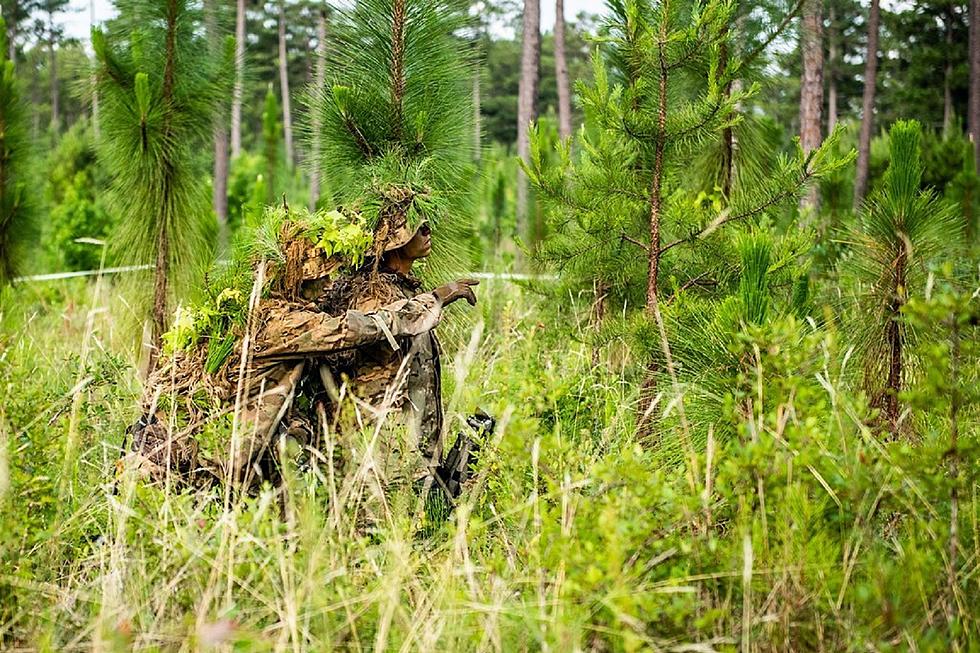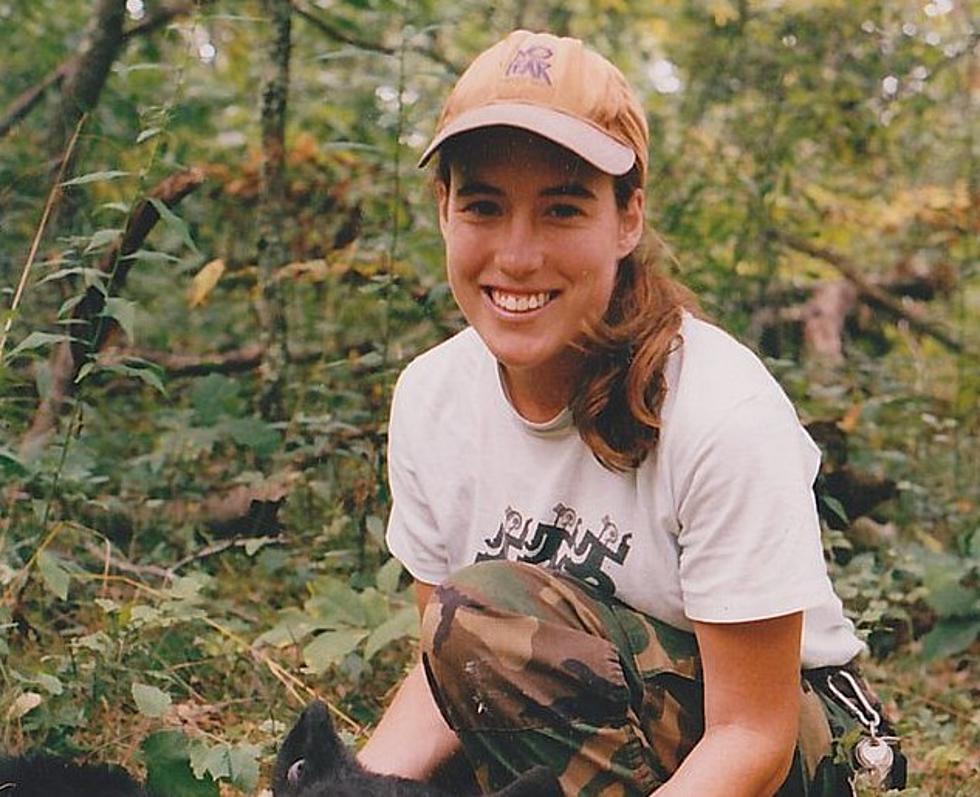
MSU Research Develops Predictive Technology for Precision Agriculture
BOZEMAN – A new predictive technology pioneered by a team of researchers in the Montana State University College of Agriculture and Norm Asbjornson College of Engineering was outlined in a February edition of the journal Agriculture. The ongoing research has developed a program that can generate planting and management recommendations for growers based on weather and economic variables and be tailored to the producer’s specific growing sites.
The program, called On-Farm Precision Experimentation, or OFPE, was developed by Bruce Maxwell, a professor in the Department of Land Resources and Environmental Sciences, along with alumnus Paul Hegedus and graduate students Sasha Loewen and Hannah Duff. The team collaborated with MSU computer scientists, led by professor John Sheppard of MSU’s Gianforte School of Computing, along with graduate students Giorgio Morales and Amy Peerlinck.
Since 2015, the team has been developing and fine-tuning predictive technology that can synthesize past farm, weather and economic data to model the likelihood of success for different management approaches, such as date and amount of fertilizer application, seeding rate or planting date. Based on those variables, the OFPE program generates suggestions for seeding rate and fertilizer applications that are most likely to result in the highest return on investment for a producer’s goals, from overall yield to grain protein content.
Funding sources for the long-term project included the Montana Research and Economic Development Initiative, or MREDI; grants from the Montana Fertilizer Advisory Council and the U.S. Department of Agriculture NIFA; and Natural Resources Conservation Service Conservation Innovation Grants, or CIGs, in collaboration with the University of Illinois.
“This project combines not only data from farms, but also data that we collect from satellite sources, and one of the philosophies behind that is that we don’t want to generate another cost for farmers,” said Hegedus, who completed his doctorate at MSU in 2022 and who is the primary author of the article in Agriculture.
Since most modern agricultural equipment automatically tracks data related to seeding rate and fertilizer application, the OFPE program can analyze years’ worth of past data to draw connections between weather patterns, management approaches and final yield and profit. Combining that small-scale data with satellite data for past weather conditions allows the modeling program to learn the relationships between large-scale weather trends and production data. That predictive capability is what makes OFPE unique, said Hegedus.
“We use those models to take it one step further and simulate what their net return and yield outcomes might be under different conditions,” he said. “That could mean different management scenarios like fertilizer rates. Incorporating past data for those variables helps make predictions easier. For instance, if we think weather for 2023 might be like weather from 2005, we can plug in weather data from 2005 to help dial in what their yield might be under those weather conditions.”
Over time, the program will get better at making predictions, said Maxwell, because it will have more years’ worth of data to draw from. The ultimate goal is to create a tool where farmers can plug in their own data and receive a series of recommendations, each accompanied by a probability of success. Maxwell likened it to helping farmers become better gamblers, analyzing the odds of success for different possible approaches.
“Most agricultural research has been focused on a deterministic approach, finding the average that works the best across all scenarios,” said Maxwell. “We’ve changed that to the approach of identifying the chance you’ll get your desired outcome, based on the decisions you make. This ability to extract data that’s now so available means that we can draw on that to perfect these predictive models over time.”
Maxwell’s other graduate students have studied additional aspects of OFPE’s potential that may appeal to other types of growers. Duff’s work focused on the potential for ecological benefits if consistently unproductive plots of land are reverted to a natural state, populated by native plants and insects. Those areas, called ecological refuges, showed potential for higher yield due to the increased biodiversity they provide, and OFPE can simulate net returns and results if a farmer were to create an ecological refuge on their own site.
Loewen’s graduate studies applied a similar approach to organic systems, and both Duff and Loewen plan to publish their own findings in the future.
Through the collaborations with MSU’s computing school, the OFPE project has also furthered the modeling approach by introducing advanced methods in deep learning, said Sheppard.
“By utilizing the rich data sets collected from on-farm experiments, we are able to learn not only what the likely results of different fertilizer or seeding rates might be but also quantify the uncertainty and explain why the predictions are made,” he said.
Sheppard’s graduate students are developing the primary modeling methods and developing new approaches to designing experiments, combined with optimizing the inputs to the fields at a site-specific level, said Sheppard. Morales’ work is focused on developing learning models to help farmers understand the impacts of their input decisions, and Peerlinck’s work incorporates the combination of economic and environmental objectives in the technology through a process known as “multi-objective optimization.”
So far, the takeaways from the OFPE research in conventional systems have been highly effective, said Hegedus. His own doctoral work compared the effectiveness of OFPE’s recommendations to previous approaches taken by farmers without the technology’s recommendations. And because OFPE can generate specific recommendations for different areas of a single farm, suggested approaches are often more precise and efficient.
“We found that in 100% of the fields across all weather conditions, our site-specific approaches would be more profitable,” he said. “What’s more, in half of those scenarios, the producer would also be applying less nitrogen fertilizer, which also saves them money.”
Maxwell said that the current application of OFPE requires producers to provide data to the MSU team, who can then set up an on-farm experiment to generate recommendations through the predictive program. He hopes that ultimately, that process can be automated so that producers can use it on their own to select between possible approaches. He also noted that OFPE has never been intended to make decisions for producers. Instead, it is designed to provide them with more accurate, detailed information to make those decisions themselves.
“This isn’t a new gadget that a farmer has to buy to get at this data. We want to make this as automated and accessible as possible,” said Maxwell. “The eventual idea is that we can make these tools something to interact with, so farmers can run simulations based on the performance of their own field to generate suggestions. We’re trying to make this something that makes our individual farmers more money, based on information tailored for their specific needs.”
- by Reagan Colyer, MSU News Service -
More From KSEN AM 1150









